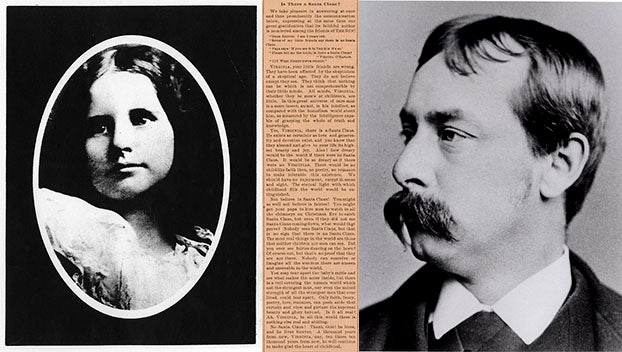Teaching safety at an early age
Published 3:40 pm Monday, September 14, 2015
During a recent checkpoint in Washington as part of the Governor’s Highway Safety Program’s “Booze It & Lose It” campaign, no driver was arrested for a DWI. However, several people were given citations for not having children properly buckled in for the car ride.
This week is Child Passenger Safety Week.
According to the Centers for Disease Control (CDC), car crashes are one of the leading causes of death among children ages three to 14 years old. Child Passenger Safety Week is observed to promote child car safety.
When a child reaches either the age of 8 or 80 pounds, they are eligible to ride in the car using only a seatbelt. However, some children may not be ready to ride in the car in such a way until a seatbelt fits them properly and safely.
Determining if the seatbelt fits correctly is based on several things: the child should be able to sit with their bottom against the back of the seat and their knees bent at the front edge of the seat; the shoulder belt should cross the mid-shoulder — not too close to the neck and not too close to the arm; and the lap belt should cross the body on the upper thigh/hip area — not on the stomach.
Some children will reposition the shoulder part of a seatbelt behind their back or under their armpit because it does not fit properly, giving indication the child is, in fact, not ready to ride in a car using only a seatbelt. Using a seatbelt any way but how it was intended is dangerous and can cause serious injuries in the event of an accident.
According to buckleupnc.org, if a seatbelt does not fit a child correctly, the child still needs a booster seat. Booster seats work by boosting a child up so the seatbelt fits properly, and should continue to be used until the child is big enough for a seatbelt to fit properly without a booster seat.
For younger children, car seats should be used to ensure safety while traveling. Use rear-facing child restraints — either a rear-facing-only seat or convertible seat — for children until at least 2 years of age or until they reach the maximum height and weight allowed by the car seat manufacturer. Most rear-facing child restraints available today can accommodate children rear-facing up to 30 pounds or more, depending on the model.
When children outgrow rear-facing seats, they should ride in forward-facing car seats with harnesses until they reach the upper weight or height limit of the seat. The upper limits can range from 40 to 90 pounds, depending on the model.
North Carolina has locations throughout the state where parents can go to have their car seats and seat belts checked to be sure they are installed and used correctly. For more information about the locations, go to www.buckleupnc.org/local-programs-checking-stations/.
In Beaufort County, a permanent checking station is located in Washington at the Beaufort-Hyde Partnership for Children, 979 Washington Square Mall. Contact Sherry Clark on Wednesday afternoons from 2 p.m. to 4 p.m. at 252-975-4647.
Following the proper laws and protocol when using seatbelts and buckling one’s child in can determine the difference between life and death, the difference between a minor injury or a serious injury. Be sure to exercise the proper care and safety when buckling children into the car.




